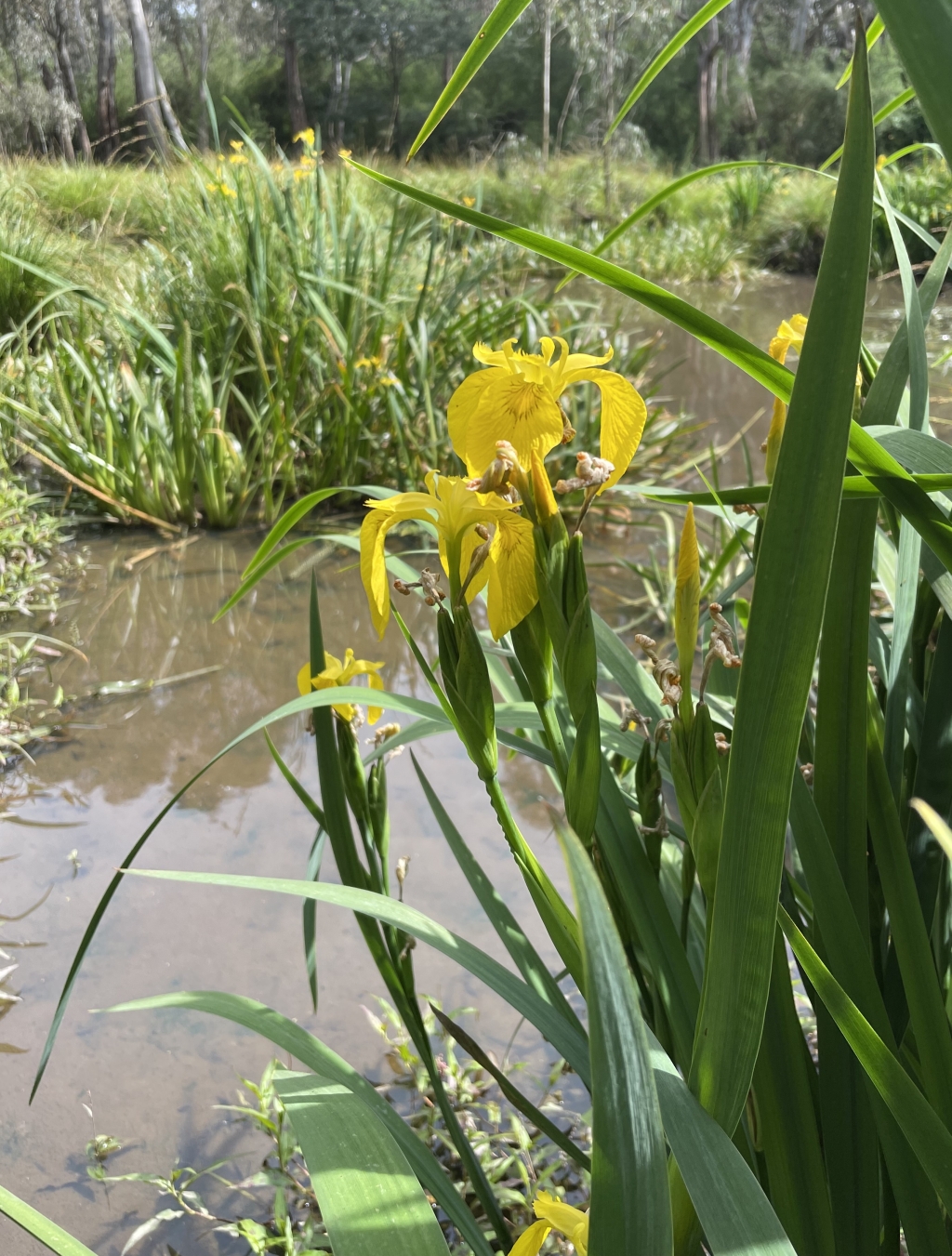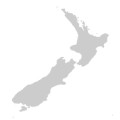Iris pseudacorus
L. Yellow Flag IrisLeaves 40–100 cm long, 1–3 cm wide. Inflorescences usually exceeding leaves, with scape up to 160 cm long, 1- or 2-branched, with 2–4 condensed 2–6-flowered clusters. Primary bracts 6–13 cm long. Flowers yellow, usually with some brown or violet veining and a darker yellow zone (absent in some forms). Perianth tube 1–1.5 cm long; sepals broadly ovoid to broadly obovoid or rhombic, 4.5–6 cm long, recurved, glabrous; petals distinctly narrower than sepals, 2–4 cm long, ascending to recurved, glabrous. Seeds dull brown. Flowers Oct.–Nov.
VVP, VRiv, GipP, WaP, EGL, HSF. Also naturalised SA, NSW, ACT. Native to northern Africa Europe, temperate Asia. A vigorous weed species which occasionally escapes from gardens and colonizes ditches and banks of watercourses (e.g. Yarra River at Yarra Glen).
Conn, B.J. (1994). Iridaceae. In: Walsh, N.G.; Entwisle, T.J., Flora of Victoria Vol. 2, Ferns and Allied Plants, Conifers and Monocotyledons, pp. 686–716. Inkata Press, Melbourne.
 Spinning
Spinning


